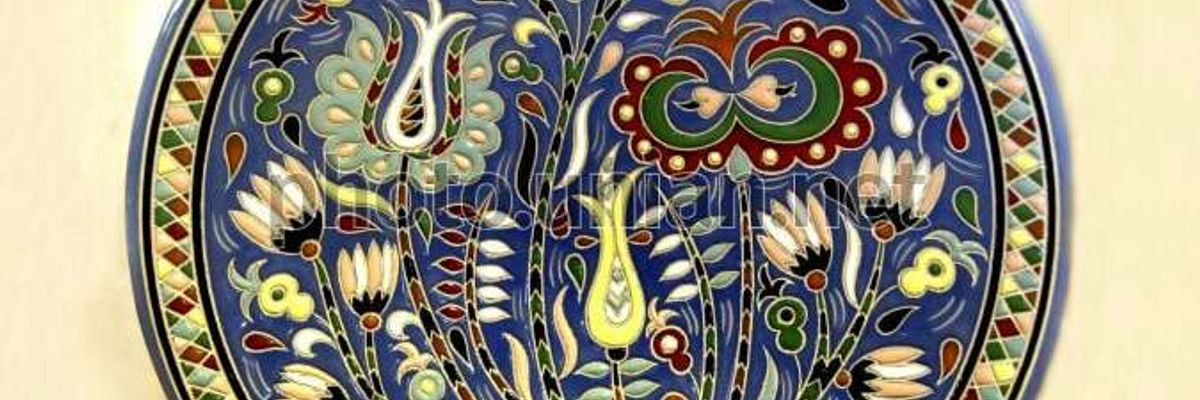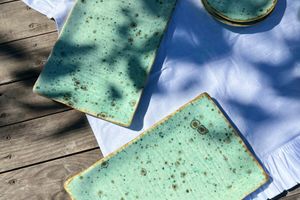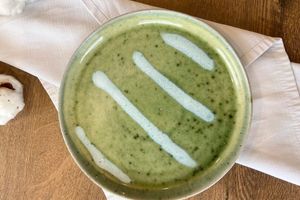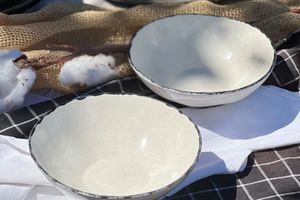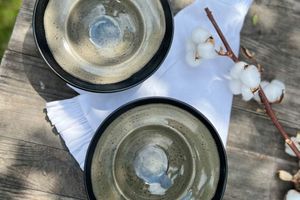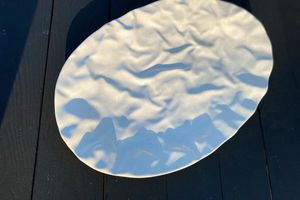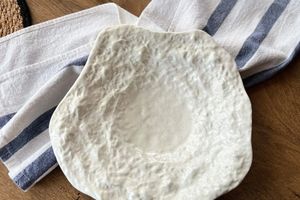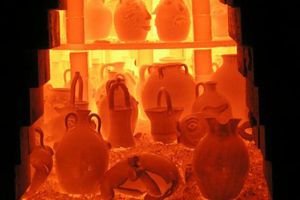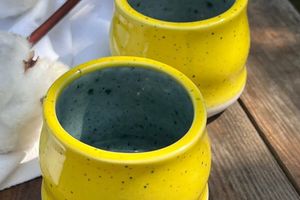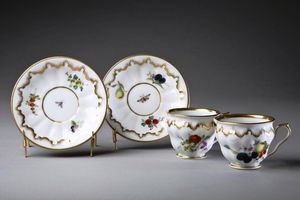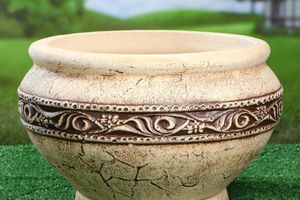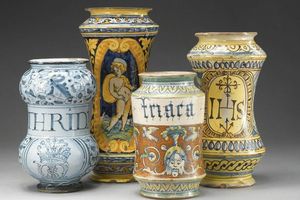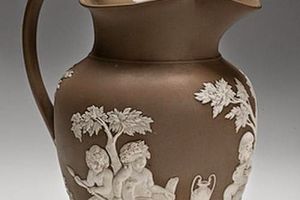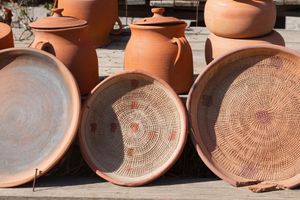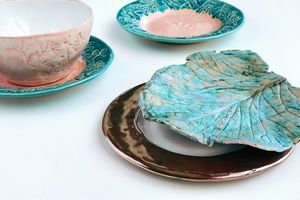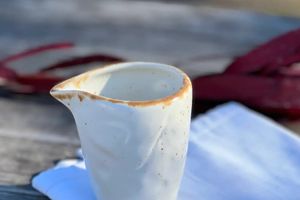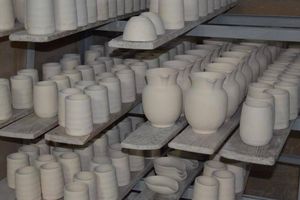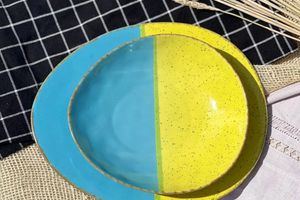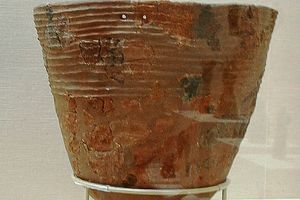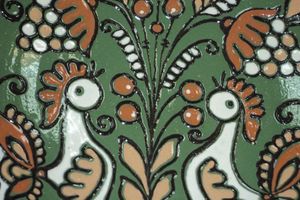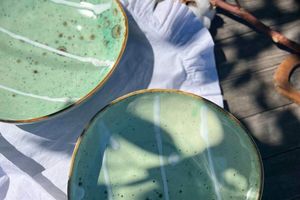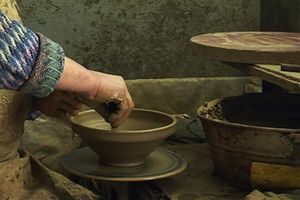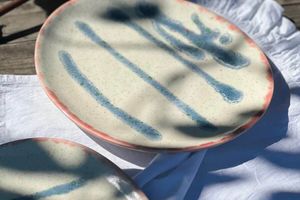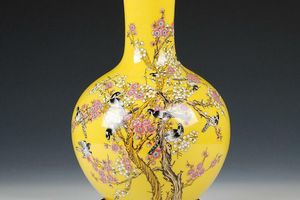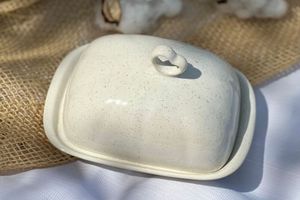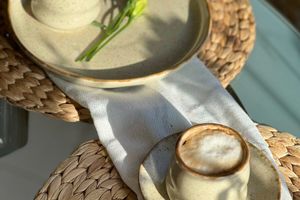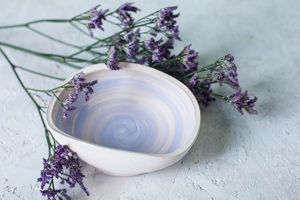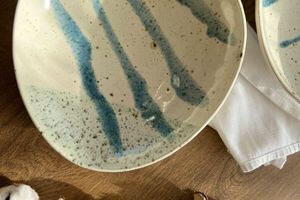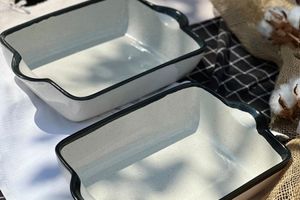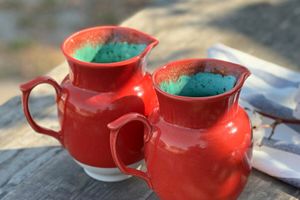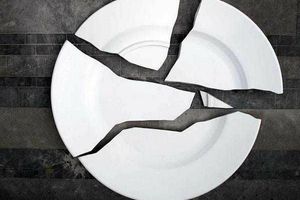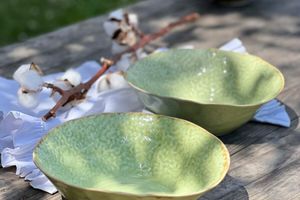Majolica: Traditions, Techniques and Artistic Value
Majolica is one of the most famous and popular types of ceramics, which is distinguished by its brightness, decorativeness and rich history. Products made of majolica have a special texture, rich colors and a characteristic shine, which makes them unique among other types of ceramics. Let's take a closer look at this type of ceramic art, its features and significance.
History and Origin of Majolica
Majolica originated in the Mediterranean region, particularly in Italy, where it gained particular popularity during the Renaissance. The name "majolica" comes from the name of the island of Majorca, which was an important center of pottery trade in medieval Europe. It was through this island that Spanish ceramics reached Italy, where local craftsmen perfected the technique of making and decorating ceramic products, giving them characteristic features.
Technique of Making Majolica
Formation of Products
Majolica products are created from colored clay, which becomes porous after firing. This porosity gives the products lightness, but at the same time they retain sufficient strength. The main method of forming majolica is the potter's wheel, which allows the craftsman to create products with smooth and elegant contours. The potter's wheel makes it possible to achieve the required thickness of the walls of the product, which is important for further decoration.
Although the potter's wheel is the main tool for creating majolica, sometimes craftsmen use molds for casting, especially when it is necessary to make products of complex shapes or when several identical products need to be made.
Firing and Porosity
After forming, the products undergo the first firing at a temperature of about 900 °C. This temperature is sufficient for the clay to harden and acquire its characteristic porosity. The porous shard formed after firing absorbs liquid glazes and engobes well, which makes it an ideal basis for further decoration.
Majolica decoration
Use of Engobes
One of the main features of majolica is its decoration with engobes. Engobe is a liquid clay that is applied to the surface of the product after the first firing. Engobes can be of different pastel shades, which adds tenderness and sophistication to the products. Craftsmen use engobes to prepare the base for further decoration, creating a smooth and even texture on the surface of the product.
Drizzles and Glazes
After applying engobes, the products are covered with colored glazes or glazes. Glazes for majolica often have a bright shine, which adds additional shine to the products and emphasizes their decorativeness. Usually, rich colors such as red, blue, green, yellow are used for majolica, which contrast with the main pastel background. Classic majolica often has intricate patterns and ornaments that include floral motifs, geometric shapes, and scenes from mythology or everyday life.
Contrast and Brightness
One of the characteristic features of majolica is the use of contrast in colors. Black, brown and red shades create clear lines that highlight individual details of the pattern and give the products expressiveness. This approach to decorating allows you to create dynamic compositions that look very lively and impressive.
Popularity of Majolica
Traditions and Modernity
Majolica, like terracotta, is very popular among artisans. It attracts with its decorativeness and the opportunity to experiment with shapes and colors. Majolica is actively used both for creating decorative elements of the interior and for the production of tableware, which combines functionality and aesthetics.
Today, majolica products remain popular among consumers due to their beauty and durability. They are used to decorate interiors, they often become collector's items. Many craftsmen continue the traditions of making majolica, passing down knowledge and techniques from generation to generation.
Majolica in Contemporary Art
In modern art, majolica is used not only to recreate classic forms, but also to create new, bold designs that combine tradition and innovation. Modern masters experiment with new forms, textures and colors, adding new meanings to majolica and embodying their creative ideas in ceramics.
The meaning of Majolica
Majolica is not just a decorative dish or an interior element. This is a reflection of the centuries-old tradition of ceramic art, which combines craftsmanship, aesthetics and culture. Majolica products embody the spirit of past eras, retaining beauty and sophistication that inspire even today.
This type of ceramics is an important element of cultural heritage and continues to evolve, adapting to modern demands and preferences, while remaining true to its origins. Majolica is a true art that carries not only beauty, but also a deep meaning that combines the past and the present in one ceramic product.

